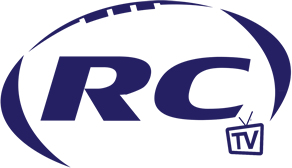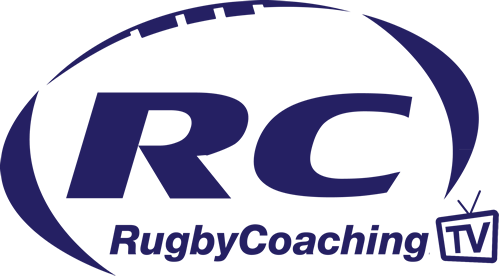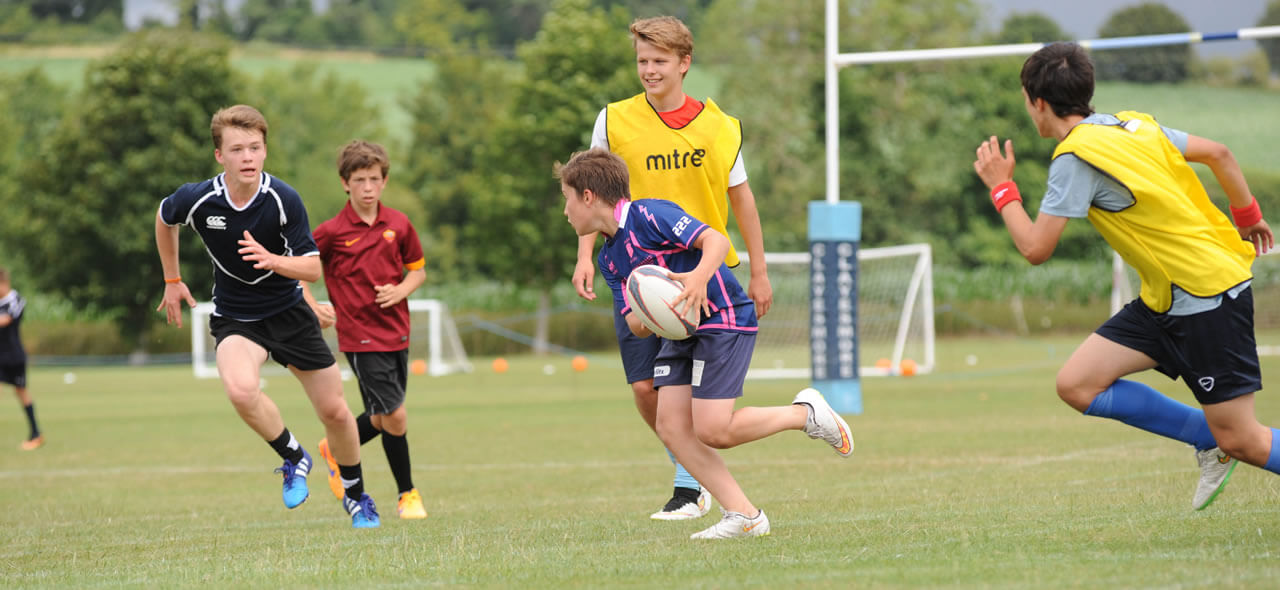
Sports Psychology & Coaching
There are some really interesting yet simple theories out there that can have an impact on how you approach your coaching practice – here are a few:
Social Loafing Or The Ringlemann Effect
Gleaned from research into how groups work it was found that if you increase the size of the group, the individual effort from members in that group decreases! So in a scrum, you can bet some people hide. Ever wondered why some teams improve when they go down to 14 players? It may then be a good idea to sometimes work in smaller groups for technical elements or games if you can.
There are some great scrum practices where we can develop technical ability to make up for physical deficiencies.
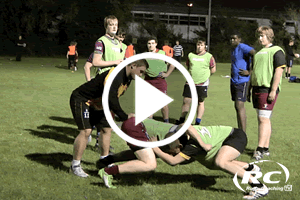
Attribution Theory
Who is to blame for failure? Is it the wind? The Ref? The opposition? These are classic statements made by losing teams, they are attributing failure to external forces. You will never see high performance athletes or sports people blaming anyone but themselves when they fail. Blaming failure to external forces results in the belief that we can no longer control the outcome of our performances. If we reflect and take on the blame for our own failures we can then stay in control and change the outcome to some extent.
There is always the coach to blame of course...
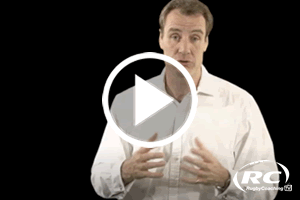
Making Individuals Into A Team
Tuckman’s research into group formation still holds true too. This may be happening infront of your eyes without realising it:
- Forming: in this phase the players come together to create a group, not a team yet.
- Storming: here the group comes up with values or agreed goals and objectives, very often this stage is the most chaotic and often disruptive, where there is some or little agreement.
- Norming: the group starts to adopt and take on the values and goals and put them into action. Failure often occurs in these phases since change and new ideas take time to take hold.
- Performing: here the group starts to put the previous phases into action and become a high performing unit or team, shared values and objectives become the underpinning attributes.
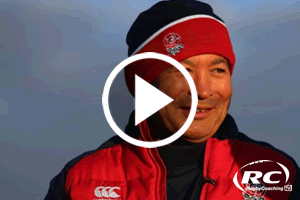
Schema Theory - My Favourite!
Schema: All of the information needed to make a movement decision is stored in the brain as long-term memory. For example, during a match the player can't possibly have experienced every type of technique, but they adapt the required stroke to suit the situation based on previous experience.
Recall Schema: This occurs before a movement and contains the following info which the performer must know to form a schema:
- Where is the: goal, opposition, teammates
- What is the environment like? Grass, 3G, wet or dry, windy
- What condition am I in?: Fresh, tired, injured
- Which techniques will produce the best results?
Recognition Schema: In order to correct or alter the response for future reference the athlete needs to know:
- Was it a sucess/failure?
- Was it the intended outcome?
This updates the memory store when confronted with a similar situation in the future and then allows suitable adjustments to be made. So to develop skilful performances we need to build up our schema in our brain by the right technical practice employed in situations that allow us apply and remember them.
Use RugbyCoaching.tv to get great ideas on how to expose your players to a wide variety of drills, exercises and techniques so that they can make better informed decisions!
